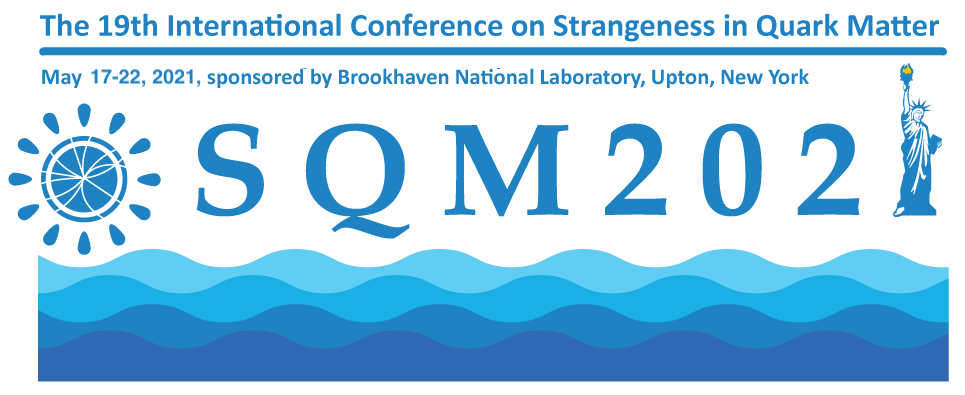Speaker
Description
The chemical freeze-out is often related to the phase transition to a deconfined state of matter, the Quark Gluon Plasma. We introduce a novel approach based on elastic and inelastic scattering rates to extract the hyper-surface of the chemical freeze-out from a hadronic transport simulation. We use the Ultra-relativistic Quantum Molecular Dynamics (UrQMD) model to extract the chemical freeze-out hyper-surface of pions and kaons in the energy range from E$_\mathrm{lab}$ = 1.23 AGeV to $\sqrt{s_\mathrm{NN}}$ = 62.4 GeV. By employing a coarse-graining procedure, we can extract the local temperature and baryo-chemical potential and investigate the typical freeze-out criteria $\langle$E$\rangle$/$\langle$N$\rangle$ = 1 GeV, s/T$^3$ = 7 and $n_B+n_\bar{B}$ = 0.12 fm$^{-3}$ on the chemical freeze-out surface and compare them to results from statistical model analysis. We find a great agreement leading to the conclusion that the chemical freeze-out can be well described by hadronic transport simulations. We do not observe a relation of the chemical freeze-out line and the phase-transition line. Instead we argue that the freeze-out line is defined by an interplay between elastic, inelastic and pseudo-elastic scattering rates and the expansion rate.




